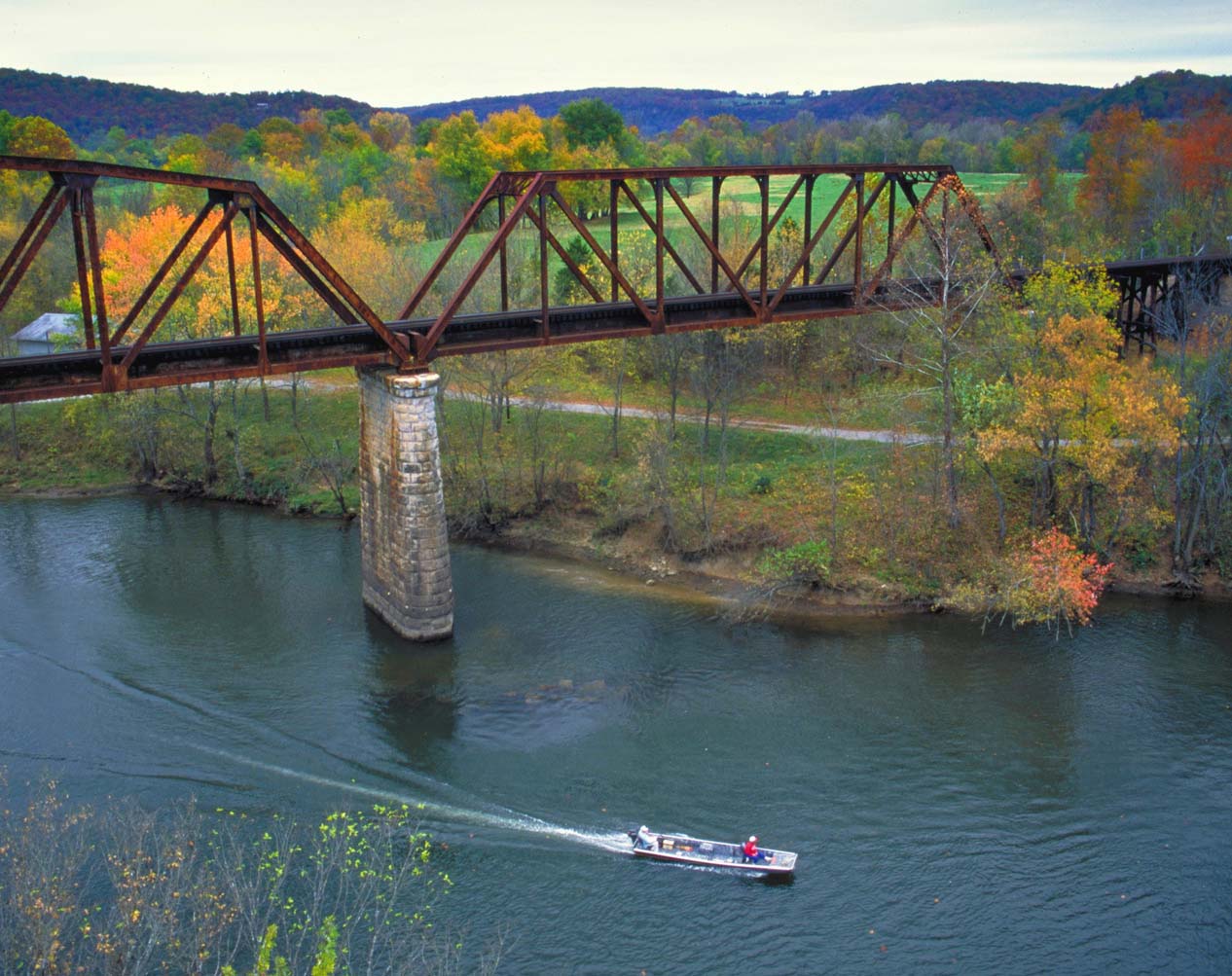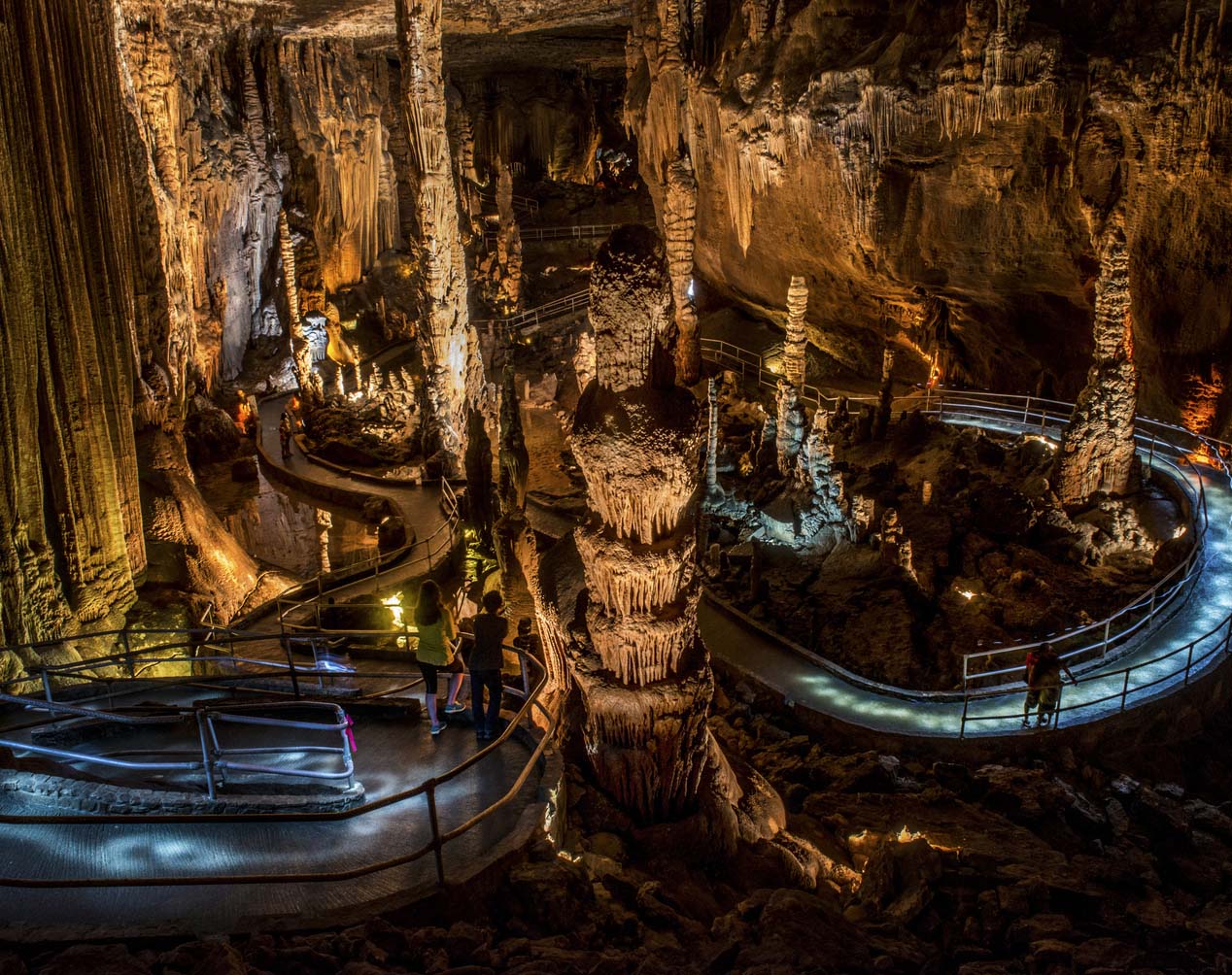Biden administration unveils national strategy to reenergize U.S. travel and tourism
June 20-26, 2022
By The Daily Record Staff
Following the kickoff of the nation’s vacation season that saw more than 3,000 travelers stranded during the Memorial Day holiday, the Biden administration recently announced a broad federal initiative to get the nation’s pandemic-weary travel and tourism back on its feet.
On June 6, U.S. Commerce Secretary Gina M. Raimondo unveiled a new National Travel and Tourism Strategy that focuses federal government efforts to support the U.S. travel and tourism industry that sets an ambitious five-year goal of attracting 90 million international visitors to the U.S. each year.
At that level, Commerce Department officials estimate these visitors would spend $279 billion annually — expenditures that will support job creation in communities across the U.S., its territories, and the District of Columbia.
According to data from the Commerce Department’s International Trade Administration (ITA), 79.4 million international travelers visited the U.S. ahead of the COVID-19 pandemic. However, that total dropped precipitously by 75.8% to only 19.2 million in 2020 and up slightly to 22.1 million in 2021, with Mexico representing nearly half those visitors.
The Tourism Policy Council, a federal interagency council created by Congress, was charged by Secretary Raimondo with creating the strategy to focus U.S. government efforts in support of the travel and tourism sector which has been deeply and disproportionately affected by the COVID-19 pandemic. The strategy follows a four-point approach to reduce the industry’s carbon footprint, create safe and secure checkpoints, and bolster travel and tourism in underserved and underrepresented communities across the country.
Under the Biden administration strategy, the Commerce Department will promote the U.S. as a premier travel destination, including broadening marketing efforts to encourage visitation to underserved and underrepresented communities, and facilitating safe and efficient travel to and within the U.S. and its territories.
In keeping with the administration’s equity and climate change goals, the new plan also looks to ensure diverse and accessible tourism experiences with a focus on showcasing the nation’s federal lands and waters while also protecting them for future generations. Raimondo also highlighted sustainable travel and tourism with goals to reduce the sectors’ contributions to climate change while rebuilding sectors that protect natural resources, support the tourism economy and ensure equitable development.
“Across all 50 states, U.S. territories and the District of Columbia, communities are safely welcoming back visitors. From the crown jewels of our national parks and forests, to the historic and diverse sites that tell the story of our people and culture, the United States offers destinations for international travelers like no other,” said Secretary Raimondo.
“The impact of COVID-19 has taken a toll on our national and local economies, but it also has presented us with a unique opportunity to mold a more inclusive, equitable, sustainable and resilient travel and tourism industry than ever before. Our new strategy leverages the best of what the U.S. public and private sectors offer, which will promote jobs, recover lost revenues and inspire unforgettable experiences.”
The travel and tourism sector has historically been a critical force in economic growth and employment in the U.S. When non-U.S. residents purchase goods and services while in the United States, it counts as export income for the U.S. economy.
In 2020, the Department’s National Travel and Tourism Office reported that the decline in travel and tourism to and within the United States accounted for 56% of the decline in U.S. gross domestic product (GDP), and travel exports dropped 65% in 2020 when compared to 2019, or pre-pandemic levels.
However, throughout 2021, as the Biden administration implemented a robust vaccine rollout and effective travel policies centered around health and safety, along with lifting travel restrictions when it was safe to do so, monthly overseas arrivals to the United States increased from roughly 775,000 in October 2021 to more than 2 million in April 2022. As a result, international travel to the U.S. has generated a trade surplus in each of the past five months indicating a positive trend toward recovery even as international travel remains below pre-pandemic levels.
In a report released in February by the Arkansas Department of Parks, Heritage and Tourism, Arkansas’ tourism industry fared well during 2020 despite the challenges of the global pandemic. According to the 2020 Arkansas Tourism Economic Impact Report unveiled at the 48th Arkansas Governor’s Conference on Tourism in Fayetteville, state tax collections were at $363.7 million, with local taxes at $138.8 million. The numbers represent a decrease of 21.8% and 16.9% decline in 2020 and 2021, respectively, compared to 2019 numbers.
“I am pleased with the results of our 2020 Economic Impact Report,” said Stacy Hurst, secretary of the Arkansas Department of Parks, Heritage and Tourism. “Although the visitation and tax collection decreases in this year’s report are not ones that we want to repeat, the good news is we outperformed many of our competitor markets. The data reflects the hard work and commitment of our industry to successfully navigate unheard of challenges. I commend the work of Gov. Asa Hutchinson in ensuring that the state did not completely shut down, and his response was key in enabling our industry to remain open for business.”
Tourism officials said Arkansas’ Welcome Centers assisted just over 627,000 visitors in 2020. The state saw $6 billion in visitor spending overall, a 25.3% decrease from 2019. At the start of the pandemic, Arkansas Tourism quickly paused out-of-state marketing efforts. As travel recommendations and guidance loosened in the late summer and fall of 2020, Arkansas Tourism again began to market out of state, utilizing the funds set aside for the spring.
“Arkansas fared better than many of our competitor states,” said Travis Napper, director of Arkansas Tourism. “The Natural State has long been known for its scenic outdoor beauty and attractions, and our reputation served as a safety net during a challenging time for more urban destinations. As the world continues to make its way out of the pandemic, we already know that 2021 data will illustrate a record-breaking year for Arkansas visitation. More than ever, people are looking for safe outdoor activities, and they clearly have seen that Arkansas is the place to go.”
In a related matter, outdoor recreation officials representing Arkansas, Maryland and New Hampshire in late May joined the Confluence of States, a national coalition of state-led efforts to advance the outdoor recreation economy. A signing ceremony took place on May 25 at the Clinton Presidential Center’s Great Hall in Little Rock, where Hurst and representatives from the other two states signed an accord that contained four common principles: Conservation & Stewardship; Education & Workforce Training; Economic Development; and Public Health & Wellness.
Arkansas, Maryland and New Hampshire are now among the 16 members of the Confluence of States, joining Colorado, Maine, Michigan, Montana, Nevada, New Mexico, North Carolina, Oregon, Utah, Vermont, Virginia, Washington and Wyoming. Arkansas’ Office of Outdoor Recreation was created in 2021 to identify, develop and execute collaborative opportunities within the outdoor recreation economy.
1. Commerce Secretary Gina M. Raimondo on June 6 announced a new National Traveland Tourism Strategy that sets an ambitious five-year goal of attracting 90 million international visitors to the U.S each year.
2. Located in Stone County, the Blanchard Spring Caverns in Mountain View offers guided tours on trails that lead visitors through massive caves filled with ever-changing formations.




